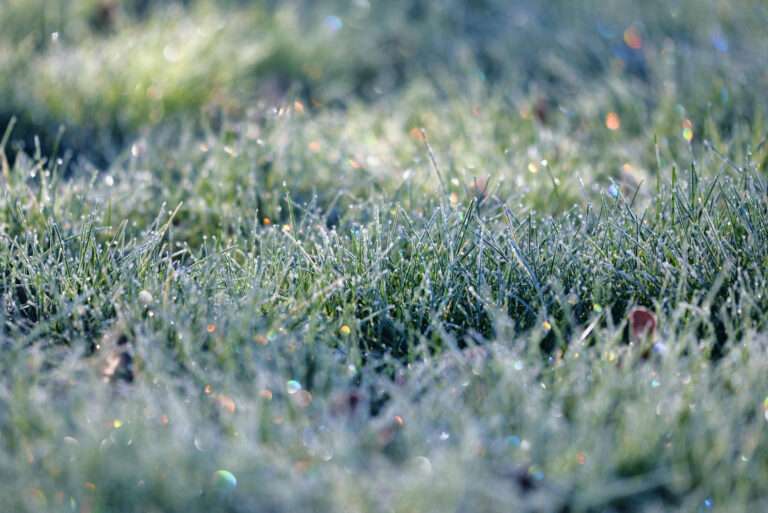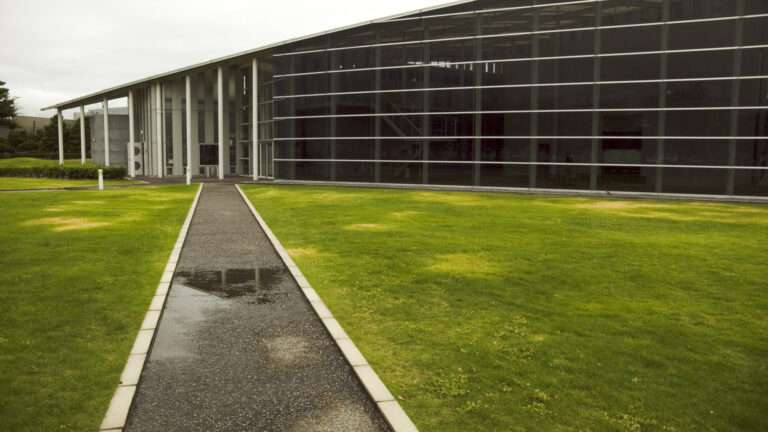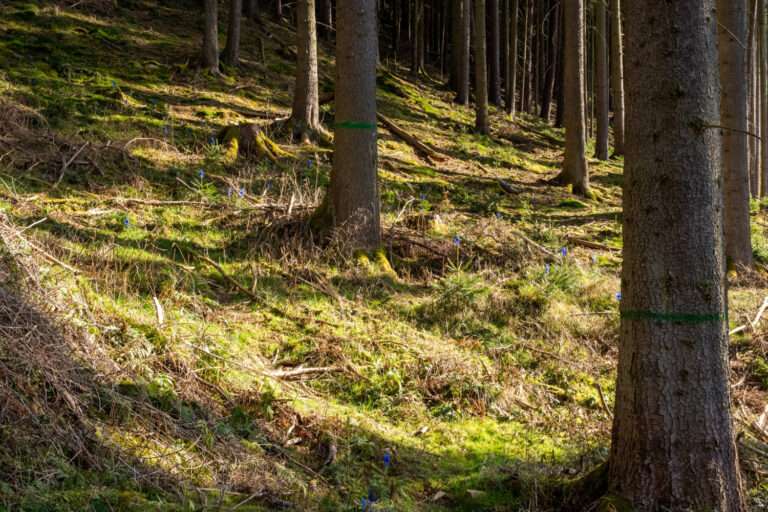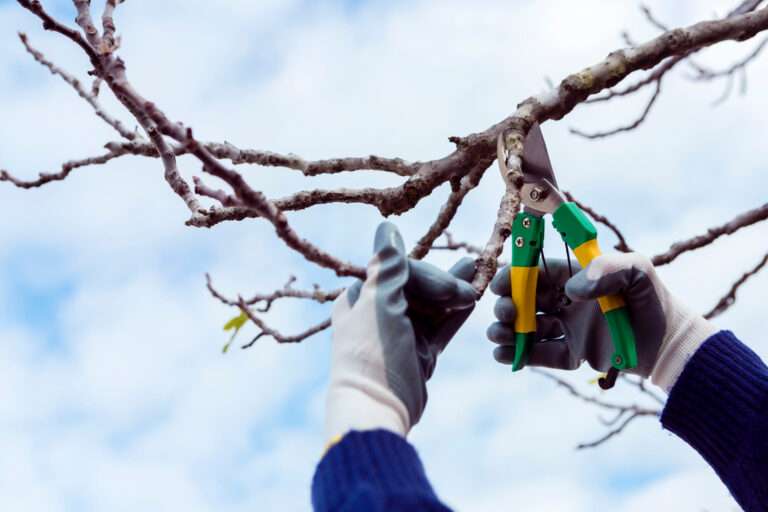Maintaining Turf in High-Traffic Areas: Practices for Longevity and Visual Appeal
High-traffic areas can be a nightmare for maintaining lush, green turf. Whether it’s a public park, a sports field, a commercial lawn, or a pedestrian zone, heavy footfall can lead to compaction, bare patches, and general wear and tear. Yet, well-maintained turf in these areas not only enhances aesthetics but also supports safety and usability.
In this blog, we will explore practical strategies to maintain turf integrity in high-traffic zones, offering expert tips to keep your lawn looking immaculate despite heavy usage.
The Challenges of High-Traffic Turf Maintenance
Turf in high-traffic areas faces a unique set of challenges that, if not properly addressed, can quickly compromise the quality and durability of the grass. Key challenges include:
- Soil Compaction: Repeated trampling compresses the soil, reducing aeration and water infiltration.
- Bare Patches: Intensive use can wear away grass, exposing soil and creating unsightly spots.
- Root Damage: Persistent pressure damages grass roots, weakening the plant’s structure.
- Thatch Buildup: Accumulation of organic matter hinders water and nutrient penetration.
Understanding these challenges helps in implementing targeted solutions that ensure long-lasting turf quality.
Essential Tips for Maintaining High-Traffic Turf
1. Choose the Right Grass Species
Opt for grass varieties specifically suited to withstand high foot traffic. Consider:
- Perennial Ryegrass: Known for its quick germination and wear tolerance.
- Kentucky Bluegrass: Offers good recovery after damage.
- Tall Fescue: Thrives in compacted soil and resists drought.
By selecting resilient varieties, you enhance your turf’s ability to bounce back after heavy use.
2. Reinforce Turf with Hybrid Systems
Hybrid turf systems, which combine natural grass with synthetic fibres, are an excellent choice for high-traffic areas. These systems increase durability without sacrificing the natural look and feel of grass.
Tip: Hybrid systems are particularly useful for sports pitches and event spaces where consistent quality is crucial.
3. Implement a Robust Aeration Programme
Aeration is vital for maintaining soil structure and root health. Regular aeration helps:
- Break up compacted soil
- Improve water infiltration
- Enhance oxygen supply to roots
Tip: Use core aeration in autumn and spring when grass is actively growing.
4. Invest in Top Dressing
Top dressing involves spreading a thin layer of compost or sand over the turf to improve soil quality and smooth uneven areas. This technique supports root development and helps the grass recover more quickly from stress.
Tip: Combine top dressing with overseeding to fill in thin areas and encourage dense growth.
5. Adopt a Consistent Mowing Routine
Mowing too short can weaken grass, especially in high-traffic areas. Keep the cutting height slightly higher to maintain stronger root systems. Frequent mowing also reduces stress on the grass, keeping it more resilient.
Tip: Alternate mowing patterns to avoid soil compaction in specific areas.
6. Establish Designated Walkways
Guide foot traffic to minimise wear on turf. Installing paths or reinforced walkways in areas with predictable movement helps protect the grass from consistent trampling.
Tip: Use permeable paving solutions to maintain ground stability without obstructing drainage.
7. Fertilise Strategically
High-traffic areas deplete nutrients quickly. Apply a balanced fertiliser tailored to the grass species, focusing on nitrogen to support robust growth and recovery.
Tip: Use slow-release formulations to maintain nutrient availability over extended periods.
8. Water Efficiently
Overwatering can lead to weak root systems, while underwatering causes stress. Monitor moisture levels and use irrigation systems that deliver precise amounts based on weather conditions and grass needs.
Tip: Deep watering encourages deeper root growth, enhancing resilience.
Frequently Asked Questions
How often should high-traffic turf be aerated? Ideally, aerate twice a year, in spring and autumn, to maintain soil health.
What grass type is best for a school playground? Perennial ryegrass and tall fescue are excellent for durability and fast recovery.
Can hybrid turf be installed over existing grass? Yes, hybrid systems can overlay natural turf, improving strength while retaining the natural feel.
How do I prevent soil compaction without aeration? In addition to aerating, you can reduce compaction by rotating usage areas and installing reinforced turf in key zones.
The Benefits of Professional Turf Maintenance
Partnering with a professional turf care provider offers the following advantages:
- Expert Turf Selection: Choosing the best grass types for heavy use.
- Proactive Care Plans: Implementing maintenance strategies to reduce wear.
- Quality Assurance: Regular inspections and professional treatments to ensure longevity.
Maintaining high-traffic turf requires not only knowledge but also practical expertise. By working with professionals, you guarantee the longevity and quality of your lawns even under challenging conditions.
Conclusion
High-traffic areas require more than routine lawn care. By choosing resilient grass varieties, reinforcing turf structure, and adopting consistent maintenance practices, you can maintain vibrant, attractive lawns despite heavy usage. Investing in quality turf care not only preserves aesthetics but also enhances safety and usability.
Contact Killingley today for expert advice on managing high-traffic turf areas. Our tailored solutions ensure your lawns remain robust, attractive, and long-lasting.
Killingley Insights is the editorial voice of NT Killingley Ltd, drawing on decades of experience in landscaping, environmental enhancements, and civil engineering projects across the UK.








